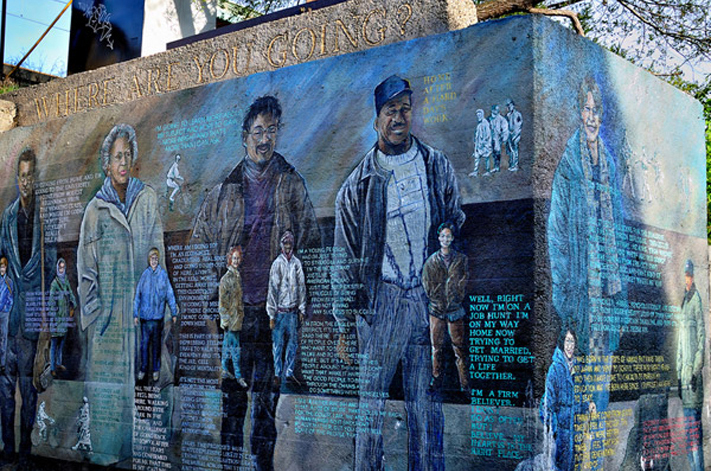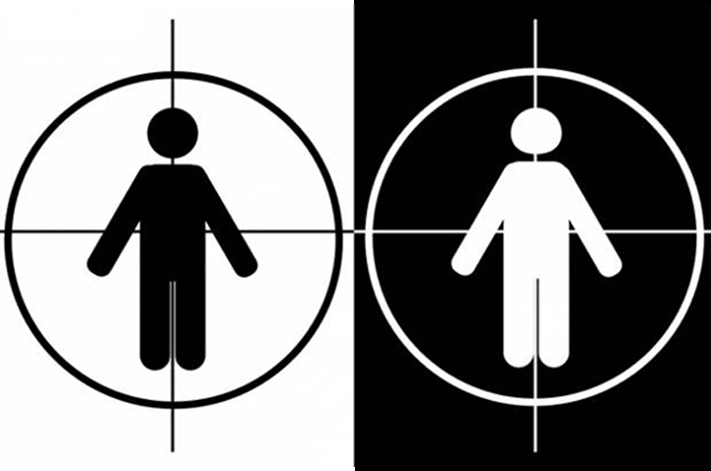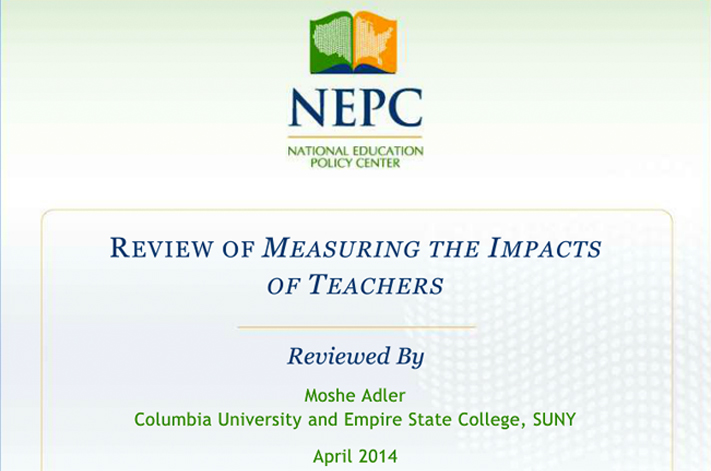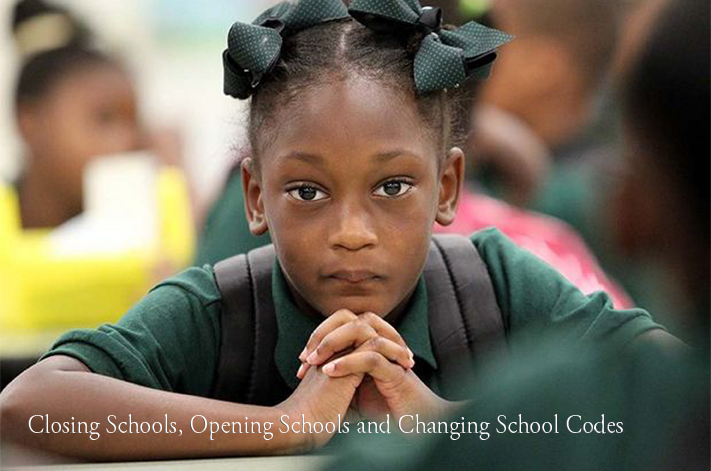Project Description

Religious Protection Laws in the United States
An Historical Timeline of the So-called 'Blaine' Amendments
Originally Published at People For the American Way.
The Blaine Amendments owe their name to James G. Blaine, who in 1875, as speaker of the U.S. House of Representatives, proposed a U.S. constitutional amendment prohibiting states from funding religious education. After Blaine’s proposed amendment failed to become part of the U.S. Constitution, 36 states passed their own constitutional amendments barring state funding of religious organizations, including religious schools. These state constitutional amendments are collectively known as the Blaine Amendments. ~ Definition – Pew Research Religion and Public Life Projects
The separation of religious activities from government functions has been cherished in the United States for over 200 years. Indeed, many of our Nation’s immigrants journeyed to America to escape state sponsored religious discrimination and coercion.
Amendments to state constitutions that support this fundamental concept were adopted and continue to be enforced as a way to protect the religious freedom of all citizens. During recent years, attempts have been made to revise or to altogether delete these state constitutional amendments to facilitate the privatization of government functions, in particular, those associated with public education.
Sending children to religious schools using taxpayer funded vouchers and tuition tax credits are two strategies the privatizers view as ways to accomplish their goal but state religious protection laws stand in their way.
The following information is not intended to be a comprehensive listing of the history of U.S. religious protection law. Rather, it highlights some of the more significant efforts citizens and elected officials have undertaken to preserve a uniquely American freedom.

1791
1802
“Believing with you that religion is a matter which lies solely between man & his god, that he owes account to none other for his faith or his worship, that the legitimate powers of government reach actions only, and not opinions, I contemplate with sovereign reverence that act of the whole American people which declared that their legislature should make no law respecting an establishment of religion, or prohibiting the free exercise thereof, thus building a wall of separation between church and state. [Congress thus inhibited from acts respecting religion, and the Executive authorised only to execute their acts, I have refrained from presenting even occasional performances of devotion presented indeed legally where an Executive is the legal head of a national church, but subject here, as religious exercises only to the voluntary regulations and discipline of each respective sect.] Adhering to this expression of the supreme will of the nation in behalf of the rights of conscience, I shall see with sincere satisfaction the progress of those sentiments which tend to restore to man all his natural rights, convinced he has no natural right in opposition to his social duties.” [3]
1820’S
1835
1838
1852
1853
1864
1872
1875
James Blaine proposed his amendment to the federal Constitution and introduced it in Congress on December 14, 1875. Easily passing a House vote the Amendment died in the Senate in 1876. [16]
1876
1894
1938
1968
Florida retains church-state separation language in revised state constitution.[20]
1970
1971
1972
1973
1974
1982
Sixty-two percent of voters in largely Catholic Massachusetts rejected a proposal to remove religious protection laws language.[27]
Georgia retains church-state separation language in revised state constitution.[28]
1986
2000
2002
2003
After the Colorado legislature passed its state funded voucher plan the Colorado PTA filed suit stating that the plan violates sections of Colorado’s Constitution that prohibit public funds from being used to support private and religious schools. Attorneys from the Colorado Education Association and National Education Association represented the PTA in the suit.[34] National organizations supported the lawsuit. They included the American Civil Liberties Union, American Federation of Teachers, American Jewish Committee, American Jewish Congress, Americans United for Separation of Church and State, League of United Latin American Citizens, National Education Association, the NAACP, National PTA, and People for the American Way Foundation.[35] On December 3, 2003, a Colorado district court decided in favor of the plaintiffs.[36]
Endnotes
2 Jefferson’s Wall of Separation Letter, The Constitution Society
3 ibid.
4 Rob Boston, “The Blaine Game,” Church & State, September 2002, Americans United for Separation of Church and State.
5 Matthew J. Brouillette, “School Choice in Michigan: A Primer for Freedom in Education,” The Mackinac Center for Public Policy, 1999, p. 10.
6 David W. Kirkpatrick, “The Pain of Blaine (Amendments) Is On the Wane?,” August 2003.
7 David W. Kirkpatrick, “The Pain of Blaine (Amendments) Is On the Wane?,” August 2003. Kirkpatrick listed only 18 states in his article failing to include Michigan in his list of states adopting church-state separation amendments to their constitutions.
8 Rob Boston, “The Blaine Game,” Church & State, September 2002, Americans United for Separation of Church and State.
9 ibid.
10 ibid.
11 ibid.
12 ibid.
13 Steven Samson, “Christianity in Nineteenth Century American Law,” ANTITHESIS, May/June 1991 – Volume 2, Number 2. (No longer in print) In Board of Education of Cincinnati v. Minor, 23 Ohio St. 211 (1872), the Ohio Supreme Court upheld the Cincinnati Board of Education decision to bar religious instruction in the public schools.
14 Rob Boston, “The Blaine Game,” Church & State, September 2002, Americans United for Separation of Church and State.
15 ibid.
16 The Blaine Amendment, The J. M. Dawson Institute of Church-State Studies, Baylor University
17 Rob Boston, “The Blaine Game,” Church & State, September 2002, Americans United for Separation of Church and State.
18 ibid.
19 Duane Motley, School Choice and the Blaine Amendment, New Yorker’s Family Research Foundation
20 The Blaine Diversion, People For the American Way
21 ibid.
22 North Carolina Constitution, Article IX, Section 6, 7
23 Montana Constitution, Article X, Section 6
24 Rob Boston, “The Blaine Game,” Church & State, September 2002, Americans United for Separation of Church and State.
25 Minnesota Constitution, Article I. Article I, Sect. 16, (generally revised Nov, 5, 1974)
26 Wisconsin Constitution, Article I. Article I, Sect. 18, (as amended Nov. 1982)
27 Rob Boston, “The Blaine Game,” Church & State, September 2002, Americans United for Separation of Church and State.
28 The Blaine Diversion, People For the American Way
29 Rob Boston, “The Blaine Game,” Church & State, September 2002, Americans United for Separation of Church and State.
30 ibid.
31 Florida Voucher Law Struck Down Again, The Freedom Forum, August 5, 2002
32 Resources on Locke v. Davey, The Pew Forum on Religion & Public Life
33 ibid.
34 What’s New?, Where’s the lawsuit now?, Colorado Education Association
35 Constitutionality of Voucher Program Challenged, CEA press release
36 Colorado Voucher Law Struck Down by District Court, People For the American Way










